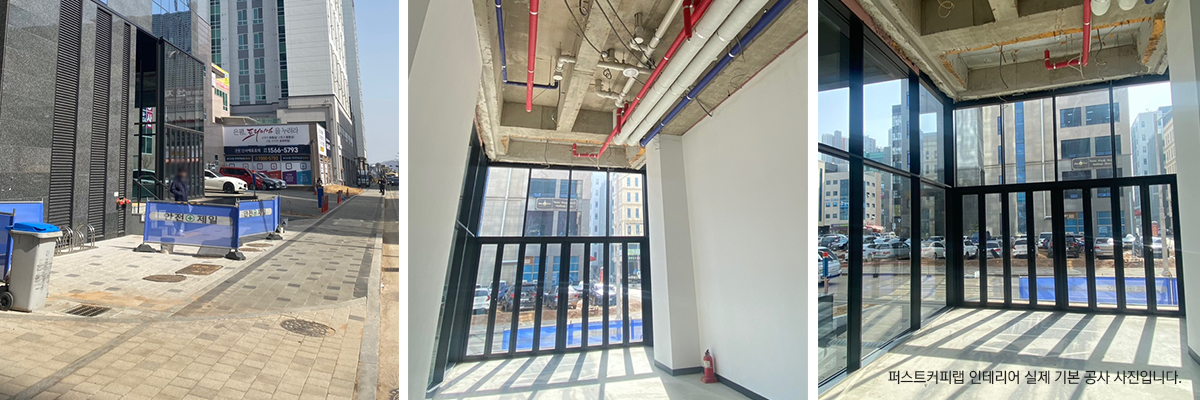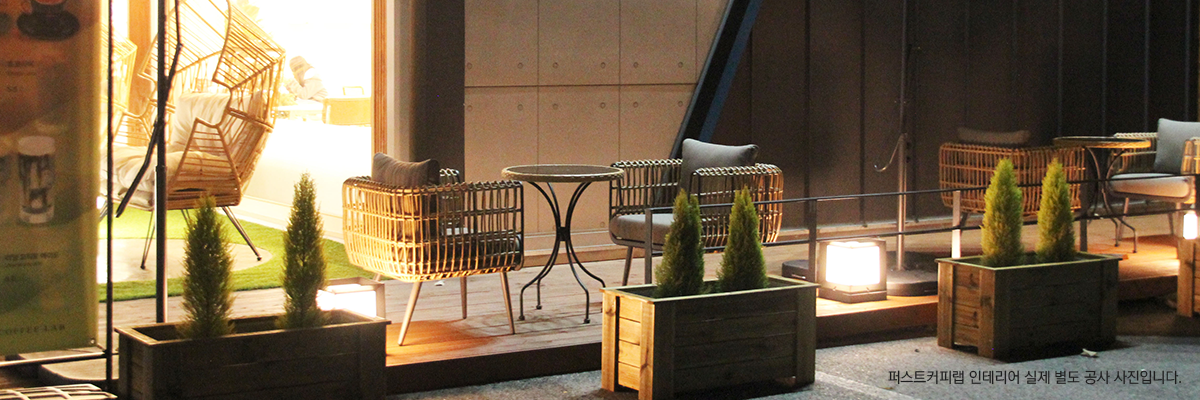PART 09 : ‘Additional Works’ That Incur Separate Costs
Understanding Basic Works vs. Additional Works
Interior construction can be divided into basic works and additional works.
Typically, basic works are handled by the contractor, while additional works are the client’s responsibility.
Knowing these two concepts before you start will help you prepare.
Please note that additional works are usually not included in the initial estimate!
1Basic Works

All items directly executed by the contractor are considered basic works. This includes labor costs for technicians and materials. For basic works, once payment is made, the contractor assumes responsibility. Detailed items vary by company, so be sure to check your specific quote.
 Carpentry:
Processing, installation, and assembly of wood elements—ceilings, walls, partitions
Carpentry:
Processing, installation, and assembly of wood elements—ceilings, walls, partitions
 Metal & Glass Work:
Fabrication/installation/assembly of frames, façades, shelves, lighting fixtures, bars
Metal & Glass Work:
Fabrication/installation/assembly of frames, façades, shelves, lighting fixtures, bars
 MEP (Mechanical, Electrical & Plumbing) Work:
Water/sewer piping, waterproofing, floor leveling, raising slabs
MEP (Mechanical, Electrical & Plumbing) Work:
Water/sewer piping, waterproofing, floor leveling, raising slabs
 Painting:
Interior and exterior paint finishes
Painting:
Interior and exterior paint finishes
 Furniture Installation:
Manufacturing/installing counters, tables, benches, sinks, storage units
Furniture Installation:
Manufacturing/installing counters, tables, benches, sinks, storage units
 Tiling:
Wall and floor tile installation
Tiling:
Wall and floor tile installation
 Lighting Installation:
Basic fixtures, tracks, etc.
Lighting Installation:
Basic fixtures, tracks, etc.
 Electrical Work:
Panel fabrication/installation, wiring, outlet placement, equipment installation
Electrical Work:
Panel fabrication/installation, wiring, outlet placement, equipment installation
 Duct Installation:
Ventilation hoods, brewers, motors, and ductwork
Duct Installation:
Ventilation hoods, brewers, motors, and ductwork
 Finishing:
Film, sheets, marble, and other finish materials
Finishing:
Film, sheets, marble, and other finish materials
 Cleaning (Post-Construction):
Final cleaning of the premises
Cleaning (Post-Construction):
Final cleaning of the premises
2Additional Works

Works carried out by the client, either DIY or via separate contractors.
DIY can save costs but may lack perfection and places full responsibility on you.
If you hand everything over to the interior company, they will manage subcontractors and supervision—but at a higher cost.
For partial delegation, we recommend entrusting furniture delivery, exterior ductwork, structural reinforcement, sanitary installations, and fire-safety works to professionals.
These areas are regulated and complex, so safety is best ensured by a contractor.
 Demolition: Removing unwanted ceilings, floors, walls; waste disposal
Demolition: Removing unwanted ceilings, floors, walls; waste disposal
 Electrical Expansion & Mains: Increasing contracted power capacity, main line installation
Electrical Expansion & Mains: Increasing contracted power capacity, main line installation
 MEP Enhancements: Floor drainage, trench/trap reinforcement
MEP Enhancements: Floor drainage, trench/trap reinforcement
 Fire-Safety Work: Electrical and flame-retardant system installations
Fire-Safety Work: Electrical and flame-retardant system installations
 Structural Reinforcement: Strengthening building framework
Structural Reinforcement: Strengthening building framework
 Sanitary Installations: Placement of sinks, toilets, etc.
Sanitary Installations: Placement of sinks, toilets, etc.
 Exterior Works: Doors, corridor finishes, façade installations
Exterior Works: Doors, corridor finishes, façade installations
 External Ducts: Ducting and motor installations to the outside
External Ducts: Ducting and motor installations to the outside
 HVAC Installation: HVAC unit setup, gas charging, piping replacement
HVAC Installation: HVAC unit setup, gas charging, piping replacement
 Signage: Interior and exterior sign installations
Signage: Interior and exterior sign installations
 Furniture Supply: Custom chairs, tables, sofas, and other furnishings
Furniture Supply: Custom chairs, tables, sofas, and other furnishings
 Audio Installation: Amplifiers, woofers, speakers
Audio Installation: Amplifiers, woofers, speakers




